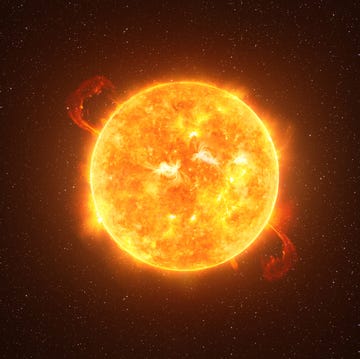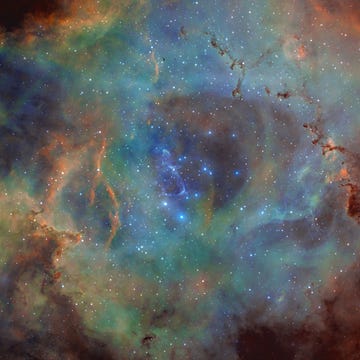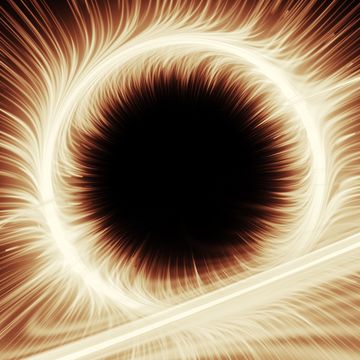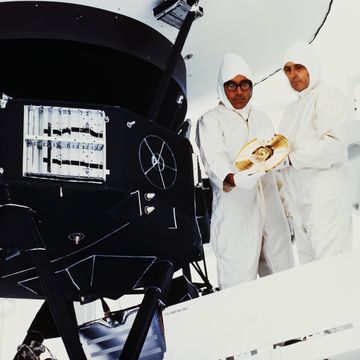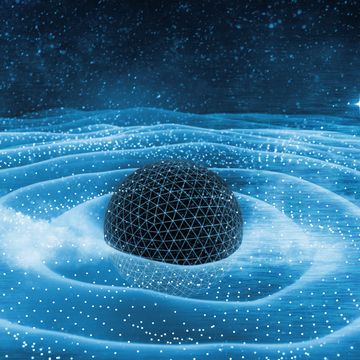(Photo Credit: NASA)
We know black holes are powerful, but new research suggests that when the supermassive black holes at the center of galaxies collide, they create enough force to fling stars through space at close to the speed of light. We may even be able to spot one of these super-fast stars in the next decade.
Scientists have known for a while about what they call hypervelocity stars. These stars were once in orbit around supermassive black holes, but their parent black holes slingshotted them out of the galaxies at frenzied speeds of 1.5 million miles per hour. However, the new model from Harvard physicists Avi Loeb and James Guillochon has demonstrated black hole collisions could fling stars at speeds around at least 6.7 million mph and perhaps even as fast as 670.6 million miles per hour—a velocity approaching the speed of light. (True light speed is 670,616,629 mph.)
But if you need a black hole to create a hypervelocity star, then to make hyper-hypervelocity stars you need something that sounds like the plot driver of a Michael Bay movie: the smash-up of two supermassive black holes. In the scientists' new model, a system in which a star orbits around one supermassive black hole is on a collision course with another supermassive black hole. The vast amounts of gravity fling the star at a speed far beyond the escape velocity necessary to escape the galaxy.
Loeb, who previously co-authored a paper about using relativity to find exoplanets, says astronomers may be able to use the next-generation James Webb Space Telescope to spot these swift stars. Because these super-fast stars would have been jettisoned early on in their galaxies' formation, they also could offer clues to our universe's origins and rate of expansion.
Via Wired.






